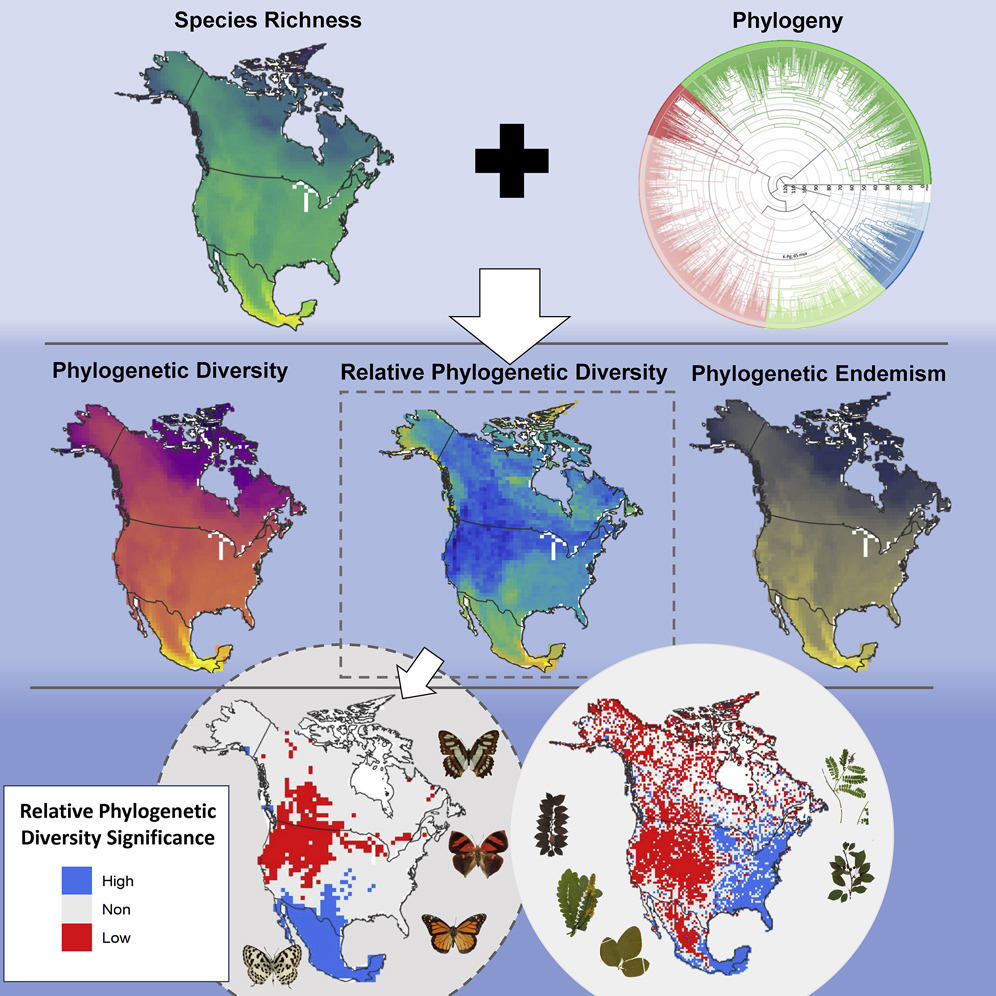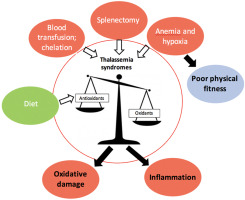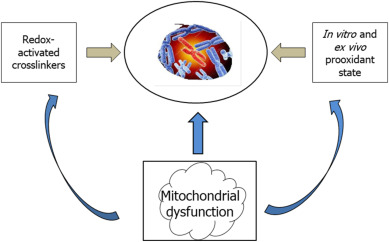Elsevier,
Current Developments in Nutrition, Volume 5, Issue 4, 2021, nzab012, ISSN 2475-2991
This study identified, for the first time, determinants of low Symphysis–Fundal Height (SFH) in the context of multiple infections, nutrient deficiencies, and inflammation in a marginalized community of pregnant indigenous women and recommends the use of low SFH as a screening tool in remote settings for the identification of high-risk pregnancies is a first step to improve maternal and fetal health
Elsevier,
iScience, Volume 24, 23 April 2021
In this work, the authors take on a broad-scale quantitative assessment of butterfly biodiversity. They find with some examples of North American butterflies that shared biogeographic histories and trophic associations do not necessarily assure similar diversity outcomes.
Elsevier,
Redox Biology, Volume 40, April 2021
The introduction of combined antiretroviral treatment (cART) for HIV-1 has significantly reduced peripherary viral levels and extended the lives of patients. However, longer lifespans have led to more age-related health issues, like HIV-associated neurocognitive disorders (HAND). This study investigates how the HIV TAT protein mediates microglial mitochondrial oxidative stress, leading to neuroinflammation and microglial aging.
Elsevier,
Free Radical Biology and Medicine, Volume 166, April 2021
In the β-thalassemias, oxidative stress, resulting from chronic hemolysis, globin chain imbalance, iron overload and depleted antioxidant defences, likely contributes to cell death, organ damage, anemia, hypoxia and inflammation. We assessed variations in these parameters in β-thalassemia syndromes in Sri Lanka.
Elsevier,
Redox Biology, Volume 40, April 2021
Fanconi anemia (FA) has been investigated since early studies based on two definitions, namely defective DNA repair and proinflammatory condition. The former definition has built up the grounds for FA diagnosis as excess sensitivity of patients’ cells to xenobiotics as diepoxybutane and mitomycin C, resulting in typical chromosomal abnormalities. Another line of studies has related FA phenotype to a prooxidant state, as detected by both in vitro and ex vivo studies. The discovery that the FA group G (FANCG) protein is found in mitochondria (Mukhopadhyay et al., 2006) has been followed by an extensive line of studies providing evidence for multiple links between other FA gene products and mitochondrial dysfunction. The fact that FA proteins are encoded by nuclear, not mitochondrial DNA does not prevent these proteins to hamper mitochondrial function, as it is recognized that most mitochondrial proteins are of nuclear origin. This body of evidence supporting a central role of mitochondrial dysfunction, along with redox imbalance in FA, should lead to the re-definition of FA as a mitochondrial disease.
Elsevier,
Pedosphere, Volume 31, April 2021
Implementation of the effective mitigation scenarios discussed in the article might help China, as a signatory to the 2015 United Nations Framework Convention on Climate Change (Paris Agreement), to achieve a 30% reduction in crop yield-scaled N2O emissions by 2030.
Samuel Lunardi, William Fernando de Borba, Jean Favaretto, Marcelle Martins, Henrique Baldi Faccenda
This paper discusses the groundwater contamination and its susceptibility in Serra Geral Aquifer, in Brazil.




